This book is designed to help students review pharmacology and to prepare for both regular course examinations and board examinations. The twelfth edition has been revised to make such preparation as active and efficient as possible. As with earlier editions, rigorous standards of accuracy and currency have been maintained in keeping with the book’s status as the companion to the Basic & Clinical Pharmacology textbook. This review book divides pharmacology into the topics used in most courses and textbooks. Major introductory chapters (eg, autonomic pharmacology and CNS pharmacology) are included for integration with relevant physiology and biochemistry. The chapter-based approach facilitates use of this book in conjunction with course notes or a larger text. We recommend several strategies to make reviewing more effective (Appendix I contains a summary of learning and test-taking strategies that most students find useful).
First, each chapter has a short discussion of the major concepts that underlie its basic principles or the specific drug group, accompanied by explanatory figures and tables. The figures are in full color and some are new to this edition. Students are advised to read the text thoroughly before they attempt to answer the study questions at the end of each chapter. If a concept is found to be difficult or confusing, the student is advised to consult a regular textbook such as Basic & Clinical Pharmacology, 14th edition.
Second, each drug-oriented chapter opens with an Overview that organizes the group of drugs visually in diagrammatic form. We recommend that students practice reproducing the overview diagram from memory.
Third, a list of High-Yield Terms to Learn and their definitions is near the front of most chapters. Make sure that you are able to define those terms.
Fourth, many chapters include a Skill Keeper question that prompts the student to review previous material and to see links between related topics. We suggest that students try to answer Skill Keeper questions on their own before checking the answers that are provided at the end of the chapter.
Fifth, each of the sixty-one chapters contains up to ten sample questions followed by a set of answers with explanations. For most effective learning, you should take each set of sample questions as if it were a real examination. After you have answered every question, work through the answers. When you are analyzing the answers, make sure that you understand why each choice is either correct or incorrect.
Sixth, each chapter includes a Checklist of focused tasks that you should be able to do once you have finished the chapter.
Seventh, most chapters end with a Summary Table that lists the most important drugs and includes key information concerning their mechanisms of action, effects, clinical uses, pharmacokinetics, drug interactions, and toxicities.
Eighth, when preparing for a comprehensive examination, you should review the strategies described in Appendix I if you have not already done so. Then review the list of drugs in Appendix II: Key Words for Key Drugs. Students are also advised to check this appendix as they work through the chapters so they can begin to identify drugs out of the context of a chapter that reviews a restricted set of drugs.
Ninth, after you have worked your way through most or all of the chapters and have a good grasp of the Key Drugs, you should take the comprehensive examinations, each of 100 questions, presented in Appendices III and IV. These examinations are followed by a list of answers, each with a short explanation or rationale underlying the correct choice and the numbers of the chapters in which more information can be found if needed. We recommend that you take an entire examination or a block of questions as if it were a real examination: commit to answers for the whole set before you check the answers. As you work through the answers, make sure that you understand why each answer is either correct or incorrect. If you need to, return to the relevant chapters(s) to review the text that covers key concepts and facts that form the basis for the question.
We recommend that this book be used with a regular text. Basic & Clinical Pharmacology, 14th edition (McGraw-Hill, 2018), follows the chapter sequence used here. However, this review book is designed to complement any standard medical pharmacology text. The student who completes and understands Pharmacology: Examination & Board Review will greatly improve his or her performance and will have an excellent command of pharmacology.
Because it was developed in parallel with the textbook Basic & Clinical Pharmacology, this review book represents the authors’ interpretations of chapters written by contributors to that text. We are grateful to those contributors, to our other faculty colleagues, and to our students, who have taught us most of what we know about teaching.
چکیده فارسی
این کتاب برای کمک به دانشآموزان برای بررسی داروشناسی و آمادگی برای امتحانات دورههای معمولی و امتحانات هیئت مدیره طراحی شده است. ویرایش دوازدهم برای اینکه چنین آماده سازی تا حد امکان فعال و کارآمد باشد، تجدید نظر شده است. مانند نسخه های قبلی، استانداردهای دقیق دقت و ارز مطابق با وضعیت کتاب به عنوان همراه کتاب درسی فارماکولوژی پایه و بالینی حفظ شده است. این کتاب مروری فارماکولوژی را به موضوعات مورد استفاده در اکثر دوره ها و کتاب های درسی تقسیم می کند. فصول مقدماتی اصلی (به عنوان مثال، فارماکولوژی اتونومیک و فارماکولوژی CNS) برای ادغام با فیزیولوژی و بیوشیمی مربوطه گنجانده شده است. رویکرد مبتنی بر فصل استفاده از این کتاب را در ارتباط با یادداشتهای دوره یا متن بزرگتر تسهیل میکند. ما چندین استراتژی را برای مؤثرتر کردن مرور توصیه میکنیم (پیوست I حاوی خلاصهای از راهبردهای یادگیری و آزمون دادن است که بیشتر دانشآموزان آن را مفید میدانند).
ابتدا، هر فصل یک بحث کوتاه در مورد مفاهیم عمده ای دارد که زیربنای اصول اولیه آن یا گروه دارویی خاص است، همراه با شکل ها و جداول توضیحی. فیگورها به صورت تمام رنگی هستند و برخی در این نسخه جدید هستند. به دانشآموزان توصیه میشود قبل از پاسخ دادن به سؤالات مطالعه در پایان هر فصل، متن را به طور کامل مطالعه کنند. اگر مفهومی دشوار یا گیج کننده تشخیص داده شد، به دانش آموز توصیه می شود که از یک کتاب درسی معمولی مانند فارماکولوژی پایه و بالینی، ویرایش چهاردهم استفاده کند.
دوم، هر فصل دارو محور با یک نمای کلی باز می شود که گروه داروها را به صورت بصری به شکل نموداری سازماندهی می کند. توصیه می کنیم که دانش آموزان بازتولید نمودار کلی از حافظه را تمرین کنند.
سوم، فهرستی از اصطلاحات پربازده برای یادگیری و تعاریف آنها در قسمت جلوی اکثر فصل ها قرار دارد. مطمئن شوید که قادر به تعریف آن اصطلاحات هستید.
چهارم، بسیاری از فصول شامل یک سؤال از مهارت نگهبان است که دانش آموز را وادار می کند مطالب قبلی را مرور کند و پیوندهای بین موضوعات مرتبط را ببیند. پیشنهاد میکنیم که دانشآموزان سعی کنند قبل از بررسی پاسخهایی که در پایان فصل ارائه شدهاند، خودشان به سؤالات Skill Keeper پاسخ دهند.
پنجم، هر یک از فصل های شصت و یک شامل ده نمونه سوال است که با مجموعه ای از پاسخ ها همراه با توضیحات همراه است. برای موثرترین یادگیری، باید هر مجموعه از نمونه سوالات را به گونه ای امتحان کنید که گویی یک امتحان واقعی است. بعد از اینکه به هر سوالی پاسخ دادید، روی پاسخ ها کار کنید. هنگامی که پاسخ ها را تجزیه و تحلیل می کنید، مطمئن شوید که چرا هر انتخاب درست یا نادرست است.
ششم، هر فصل شامل چک لیستی از کارهای متمرکز است که شما باید بتوانید پس از اتمام فصل انجام دهید.
هفتم، بیشتر فصلها با جدول خلاصهای پایان مییابند که مهمترین داروها را فهرست میکند و شامل اطلاعات کلیدی مربوط به مکانیسم اثر، اثرات، کاربردهای بالینی، فارماکوکینتیک، تداخلات دارویی و سمیت آنها میشود.
هشتم، هنگام آماده شدن برای یک معاینه جامع، اگر قبلاً این کار را انجام نداده اید، باید استراتژی های شرح داده شده در پیوست I را مرور کنید. سپس فهرست داروها را در ضمیمه دوم مرور کنید: کلمات کلیدی برای داروهای کلیدی. همچنین به دانشآموزان توصیه میشود که این ضمیمه را در حین کار در فصلها بررسی کنند تا بتوانند خارج از چارچوب فصلی که مجموعه محدودی از داروها را مرور میکند، شروع به شناسایی مواد مخدر کنند.
نهم، بعد از اینکه تمام یا بیشتر فصول را بررسی کردید و به داروهای کلیدی آشنایی پیدا کردید، باید در امتحانات جامع هر یک از 100 سوال ارائه شده در ضمیمه های III و IV شرکت کنید. این امتحانات با لیستی از پاسخها همراه میشود، که هر کدام با توضیح کوتاه یا دلیل منطقی زیربنای انتخاب صحیح و شمارههای فصلهایی که در صورت نیاز میتوان اطلاعات بیشتری در آنها یافت. ما به شما توصیه می کنیم که یک امتحان کامل یا مجموعه ای از سؤالات را به گونه ای انجام دهید که گویی یک امتحان واقعی است: قبل از بررسی پاسخ ها، به پاسخ های کل مجموعه متعهد شوید. همانطور که روی پاسخ ها کار می کنید، مطمئن شوید که دلیل درست یا نادرستی هر پاسخ را متوجه شده اید. در صورت نیاز، به فصل(های) مربوطه بازگردید تا متنی را که مفاهیم کلیدی و حقایقی را که مبنای سوال را تشکیل می دهند را بررسی کنید.
توصیه می کنیم از این کتاب با متن معمولی استفاده شود. فارماکولوژی پایه و بالینی، ویرایش چهاردهم (مک گراو هیل، 2018)، دنباله فصل استفاده شده در اینجا را دنبال می کند. با این حال، این کتاب مروری برای تکمیل هر متن استاندارد فارماکولوژی پزشکی طراحی شده است. دانش آموزی که فارماکولوژی: معاینه و بررسی هیئت مدیره را کامل کرده و درک می کند، عملکرد او را تا حد زیادی بهبود می بخشد و تسلط عالی به فارماکولوژی خواهد داشت.
از آنجایی که به موازات کتاب درسی فارماکولوژی پایه و بالینی تهیه شده است، این کتاب مروری تفسیرهای نویسندگان از فصول نوشته شده توسط مشارکتکنندگان در آن متن را نشان میدهد. ما از آن مشارکت کنندگان، سایر همکاران دانشکده و دانشجویانمان که بیشتر آنچه را که در مورد تدریس می دانیم به ما یاد داده اند، سپاسگزاریم.
ادامه ...
بستن ...
- ASIN : B07H9LJ6GV
- Publisher : McGraw Hill / Medical; 12th edition (October 19, 2018)
- Publication date : October 19, 2018
- Language : English
- File size : 373080 KB
- Text-to-Speech : Enabled
- Screen Reader : Supported
- Enhanced typesetting : Enabled
- X-Ray for textbooks : Enabled
- Word Wise : Not Enabled
- Sticky notes : On Kindle Scribe
- Print length : 592 pages
ادامه ...
بستن ...
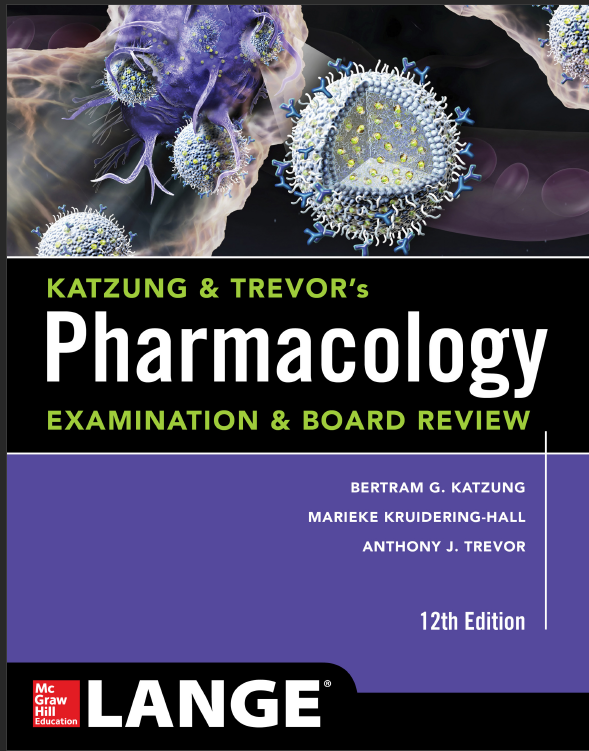

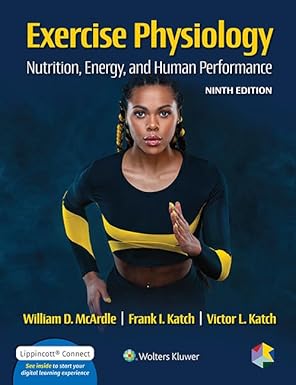
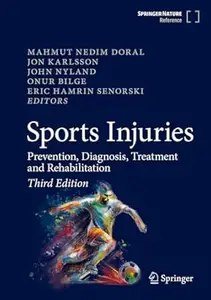


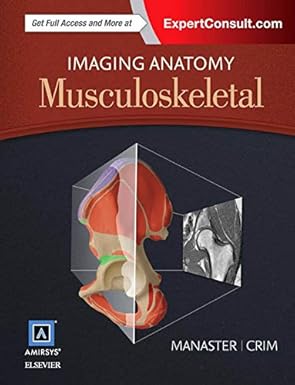
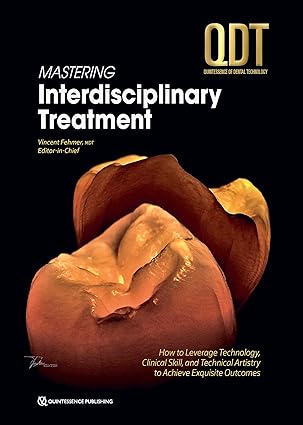


![Clinical Management of Swallowing Disorders (6th Edition) [2025] - Orginal Pdf Clinical Management of Swallowing Disorders (6th Edition) [2025] - Orginal Pdf](https://dl.libsan.ir/images/1/12/Clinical Management of Swallowing Disorders_68fdc2997972e.webp)